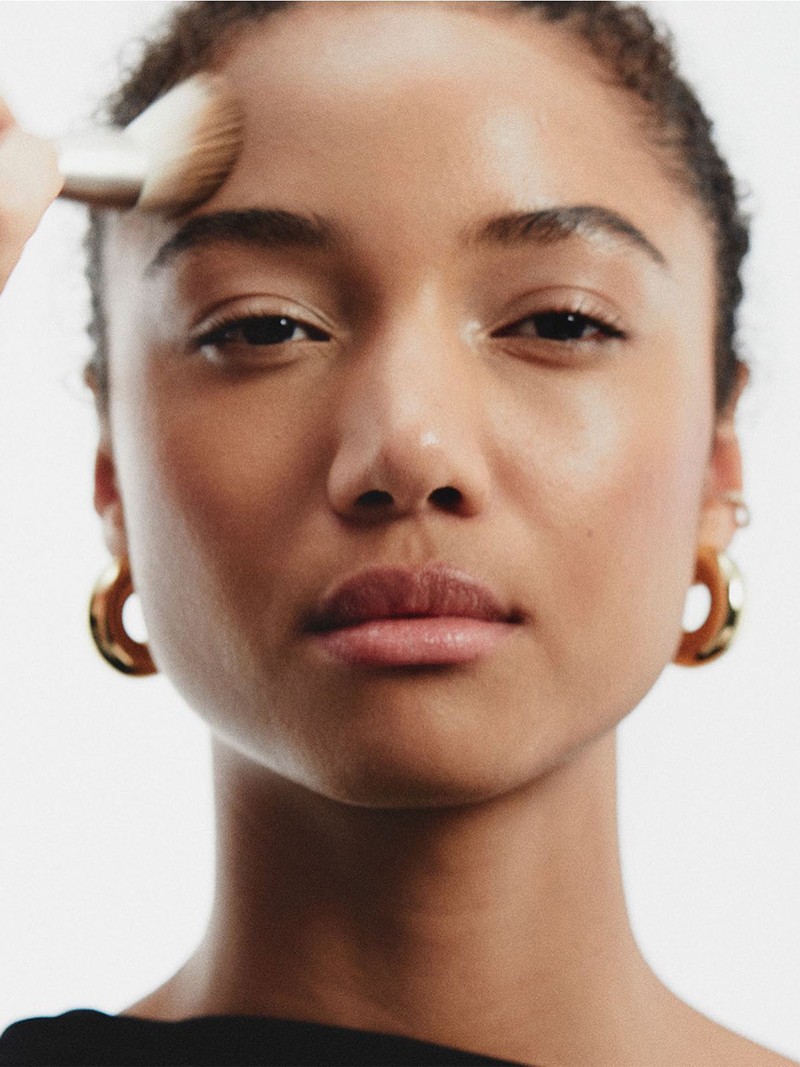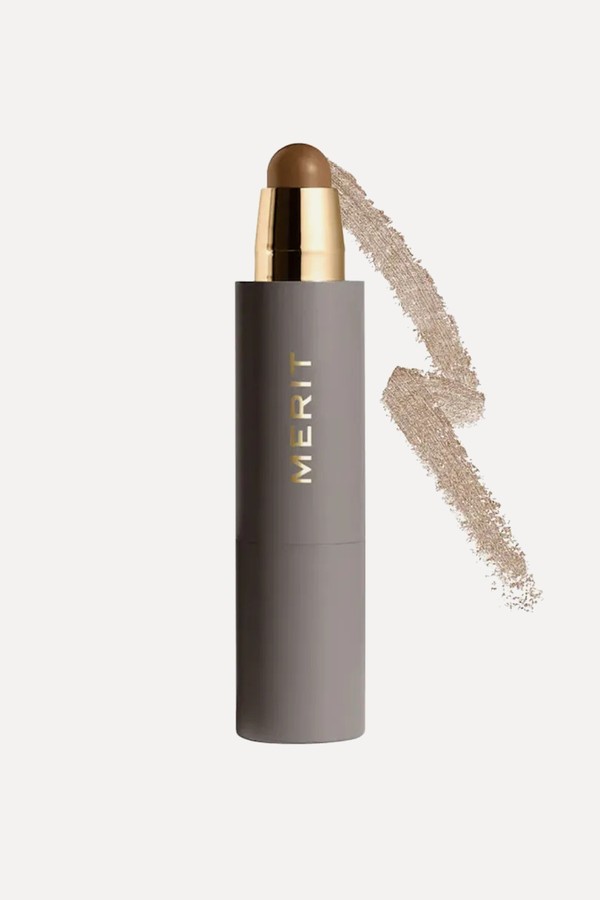A Make-Up Artist’s Guide To Finding Your Undertones
Understand How Undertones Work
“Undertones refer to the natural tones within your skin. They’re what make up your individual colouring and they range from cool to warm – or if you have an equal mix of both, then they appear neutral. Your skin tone, on the other hand, refers to the colour of your complexion. This can change throughout the year, depending on how much sun you do or don’t get, but your undertones will stay the same. Some people may have the exact same skin tone, but completely different undertones, which is why you’ll find so many colour variations in make-up nowadays – especially foundation.” – Jessica Kell
Know Why They Are Important
“Identifying your undertone is pretty much the only way to get a flawless finish with your make-up. Getting it wrong can result in the skin appearing ashy, sallow or dull. You want to complement your features and the rest of your make-up, too, so it pays to know what your tones are.” – Levi-Jade Taylor
“Too cool a shade can look grey and ashy, and it can make your skin look lifeless, while too warm will result in an artificial-looking finish. Once you identify your undertones, you’ll find everything looks much more flattering – that goes for your blusher and bronzer, too. Get it right and everything will blend together perfectly.” – Jennifer Oliver
Find Yours
“You can identify your own undertones in three easy steps. First, find your shade intensity. Make-up brands typically use terms such as fair, light, light-medium, tan, golden and deep as common descriptors. Second, think about whether you might be cool, warm or neutral. Those with cool undertones tend to burn easily and have more blue/purple veins in their skin. For deep skin tones with cool undertones, this usually means you have very little warmth in your skin. Neutral undertones tend to burn before eventually tanning in the sun and will usually have a mixture of blue and green veins and no distinct tone showing within the skin. Warm tones soak up the sun. Their veins are usually green and olive in tone.” – Levi
Don’t Make Assumptions
“It’s a common assumption that a fair skin will have a cool undertone and a richer skin tone a warm one. But your undertone doesn’t depend on your skin tone. I’ve had clients who are very fair and be golden/yellow in undertone, so never assume.” – Jennifer
Use Natural Light
“Another good way to find your undertones is by taking a good mirror into natural light. This is important, as most interior lights tend to lean more blue or yellow, which can really affect the look of your skin. In the natural light, have a look at one side of your face, from the centre to the jawline and all the way down your neck. If you have cool undertones, you will see more pink shades, blueish hues and redness. If you have warm undertones, you will see more yellow shades, peaches or golden hues. A neutral undertone lends itself to both pinkish and peachy tones in equal measure.” – Jessica
Shop Smart
“Warm undertones tend to need foundations that enhance a tan. This maintains a healthy glow – going too ‘matchy matchy’ can make your skin look sallow. In short, stay away from anything that doesn’t have a golden tone to it. Cool undertones should buy a foundation that complements their pinkest hues. Look for ones that add depth without coming off too orange or yellow. Finally, neutral undertones work well with foundations that are a mix of warm and cool. If you are struggling to get a good match, mix a little bit of a warm or cool colour together to get your perfect match.” – Jessica
Take A Broad Approach
“The same applies to blusher, bronzer and highlighter. Warm undertones work well with peaches and coral-toned blushers, while cooler tones can take vibrant pinks and neutral undertones work with either. As for products like highlighter, the warmer your undertone, the more golden you want it to be. The deeper your skin tone, the more the gold will lift the high points of your face. For cooler tones, pink and silver highlighters are best as they give a real luminous, glossy finish. Again, neutral tones can get away with a mix, but they are best complemented by champagne and prosecco-toned highlighters.” – Levi
Finally, Create A Colour Palette
“For warmer undertones, the go-to make-up shades are greens, coppers, bronzes, golds and rusty oranges. Cooler undertones look amazing in rose gold, champagne, silver, plum and cobalt blue. I’d recommend neutral undertones opt for taupe, brown, bronze and jewel-toned shadows – think green, purple and dark blue.” – Jennifer
Follow @Jennifer_MakeUp, @LeviJadeMakeUp and @JessicaMakeUp on Instagram.
SHOP THE PRODUCT EDIT
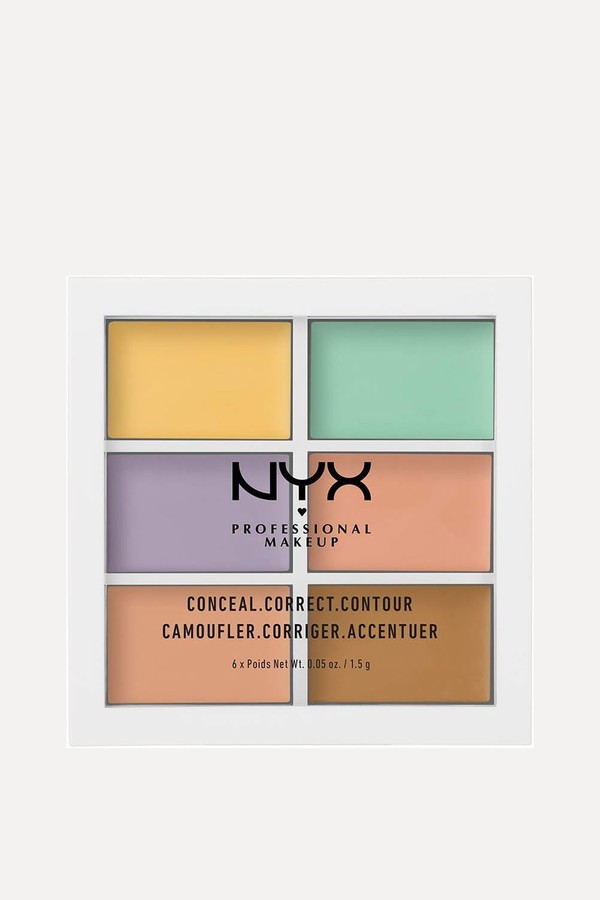
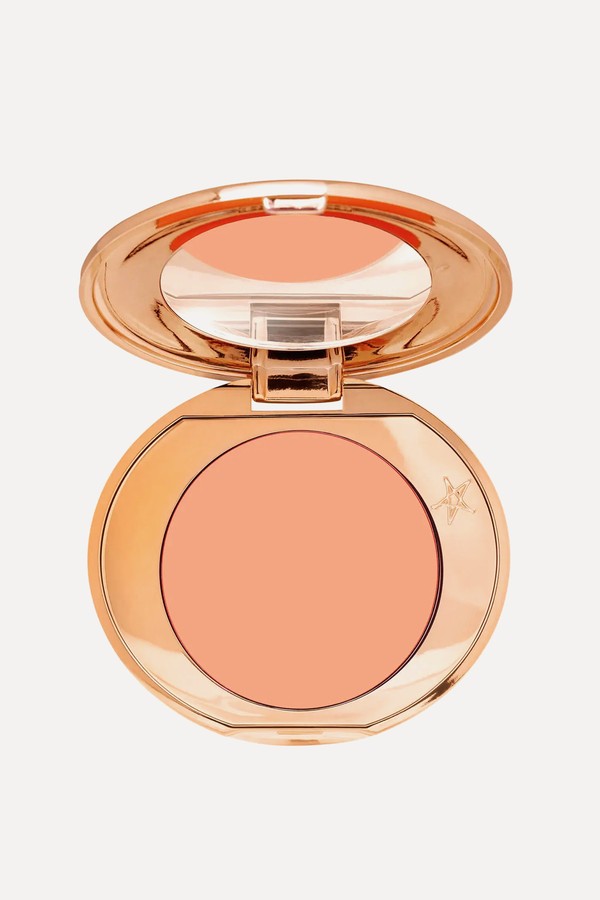
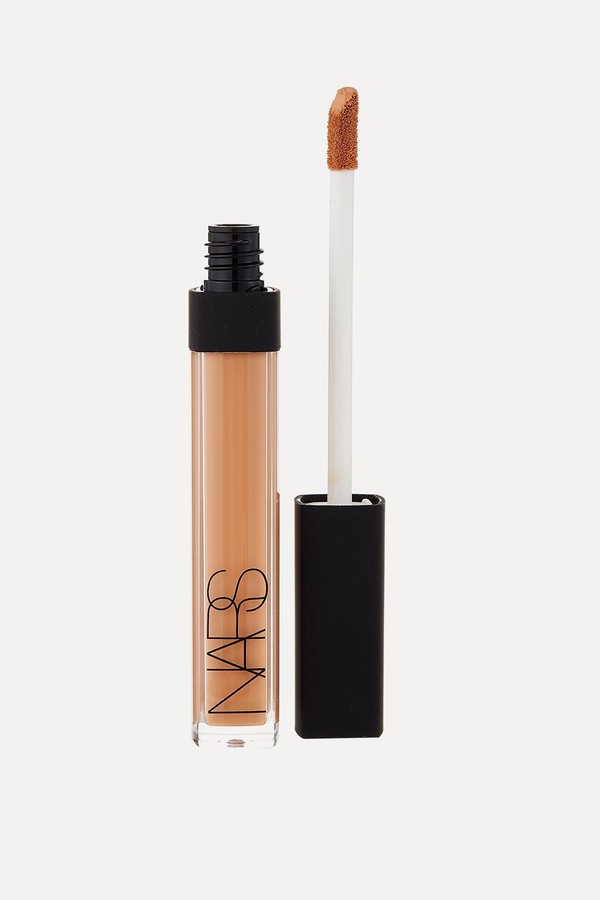
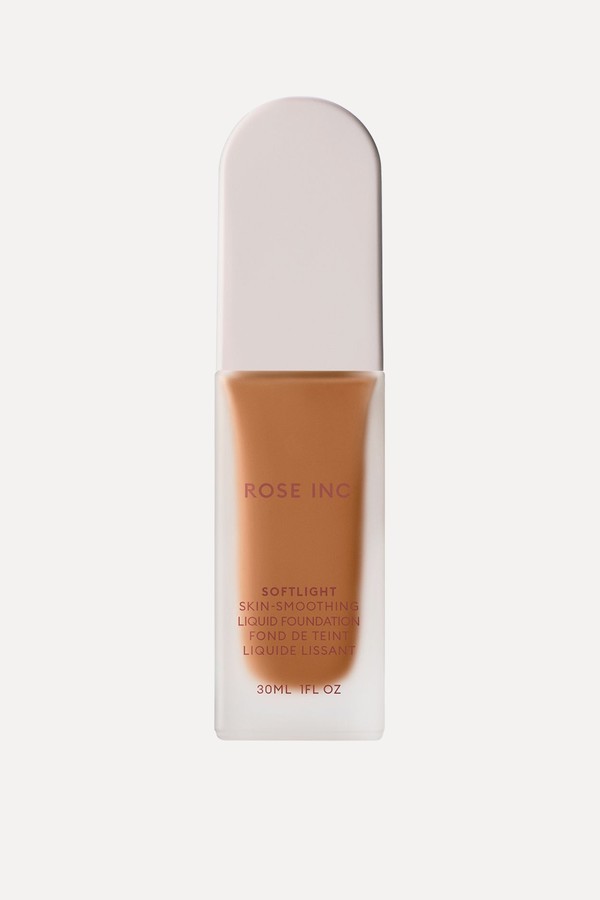
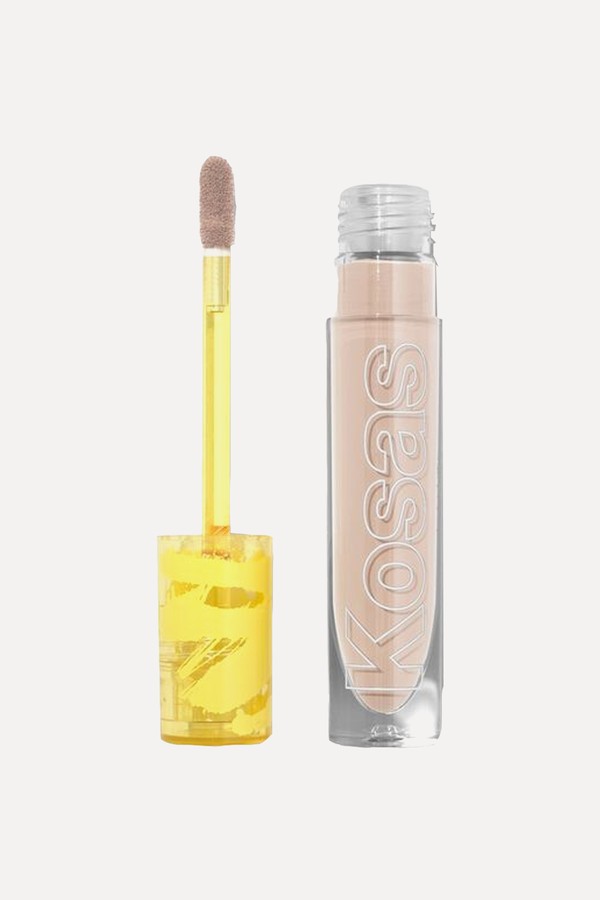
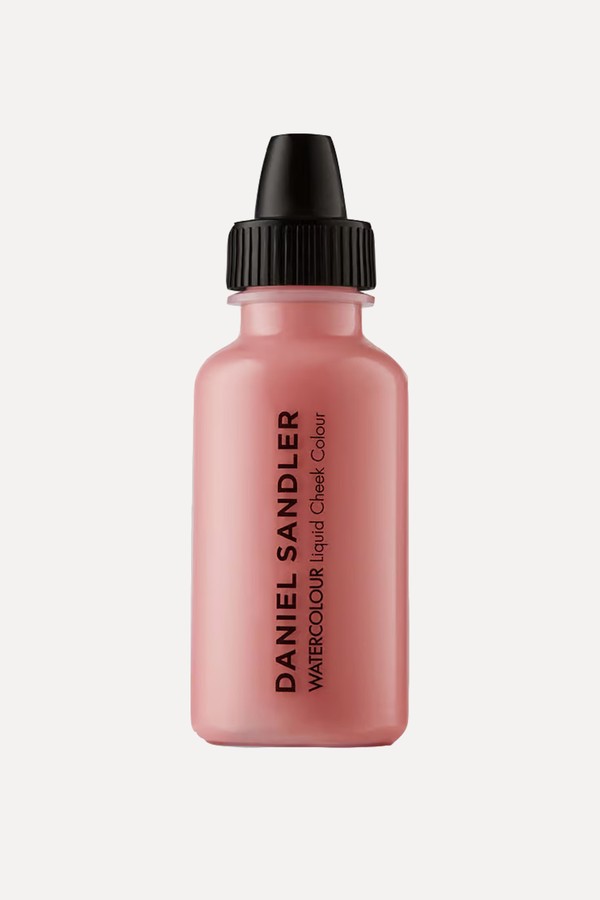
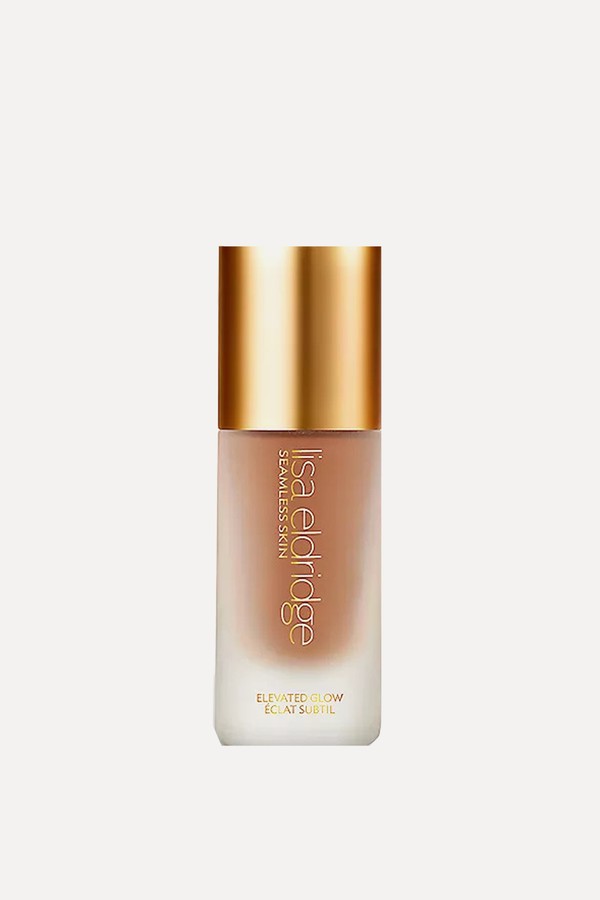
DISCLAIMER: We endeavour to always credit the correct original source of every image we use. If you think a credit may be incorrect, please contact us at info@sheerluxe.com.
